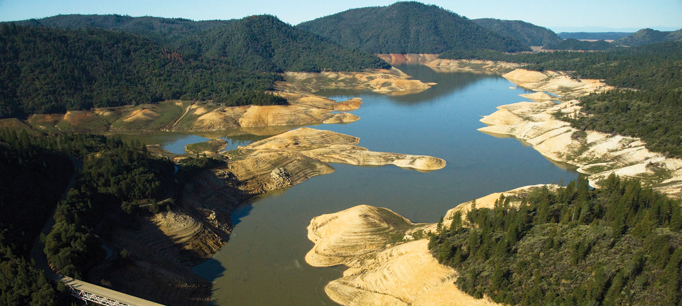This is part of a continuing series on the impact of the drought.
Although droughts have many downsides, they can also spur lasting improvements in water management. Unsustainable groundwater use has long plagued California’s rural areas, and the current drought is providing much needed impetus to pursue reform.
California is one of the only western states that does not regulate groundwater use under state law. Except for a few dozen basins where local agencies have special oversight authority (mainly in urban Southern California and the Bay Area), local groundwater management remains largely voluntary and somewhat precarious. Despite some recent advances in basin monitoring and replenishment programs, these agencies have been unable to prevent damaging declines of groundwater supply and quality. As recent headlines on water scarcity point out, overtaxed basins are unable to effectively serve one of groundwater’s most important roles: as a buffer against drought.
In late March, the Governor’s Office held a workshop to seek input from local managers and other experts on a proposal that would empower local agencies to better manage groundwater—and commit the state to step in as an emergency backstop if locals fail to come through. Today’s post on the California Water blog, coauthored by an interdisciplinary team from PPIC, UC Davis, UC Hastings, Stanford, and elsewhere, walks through important funding considerations for this reform.
To be effective, local entities must have sufficient authority and flexibility to raise the money they need to track water levels and make key investments—both in infrastructure and in new water supplies for replenishing their basins. In addition, these agencies should have the ability to enact special surcharges to prevent excessive pumping. Right now, that power is only granted to a handful of agencies.
Extending and strengthening the funding and oversight authorities available to local agencies across the state will better prepare us for the next time we need to look to the ground, instead of the sky, for our water needs.




